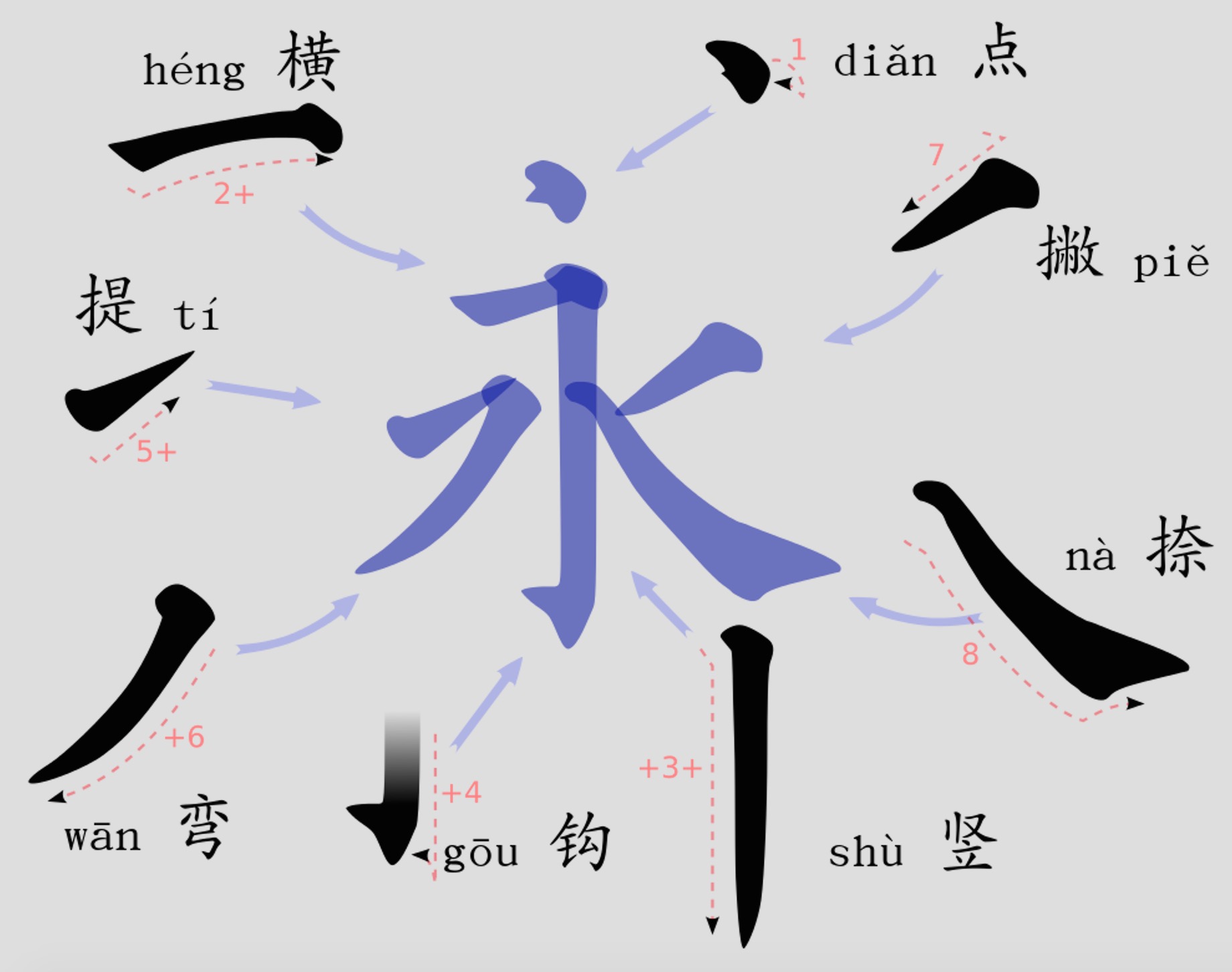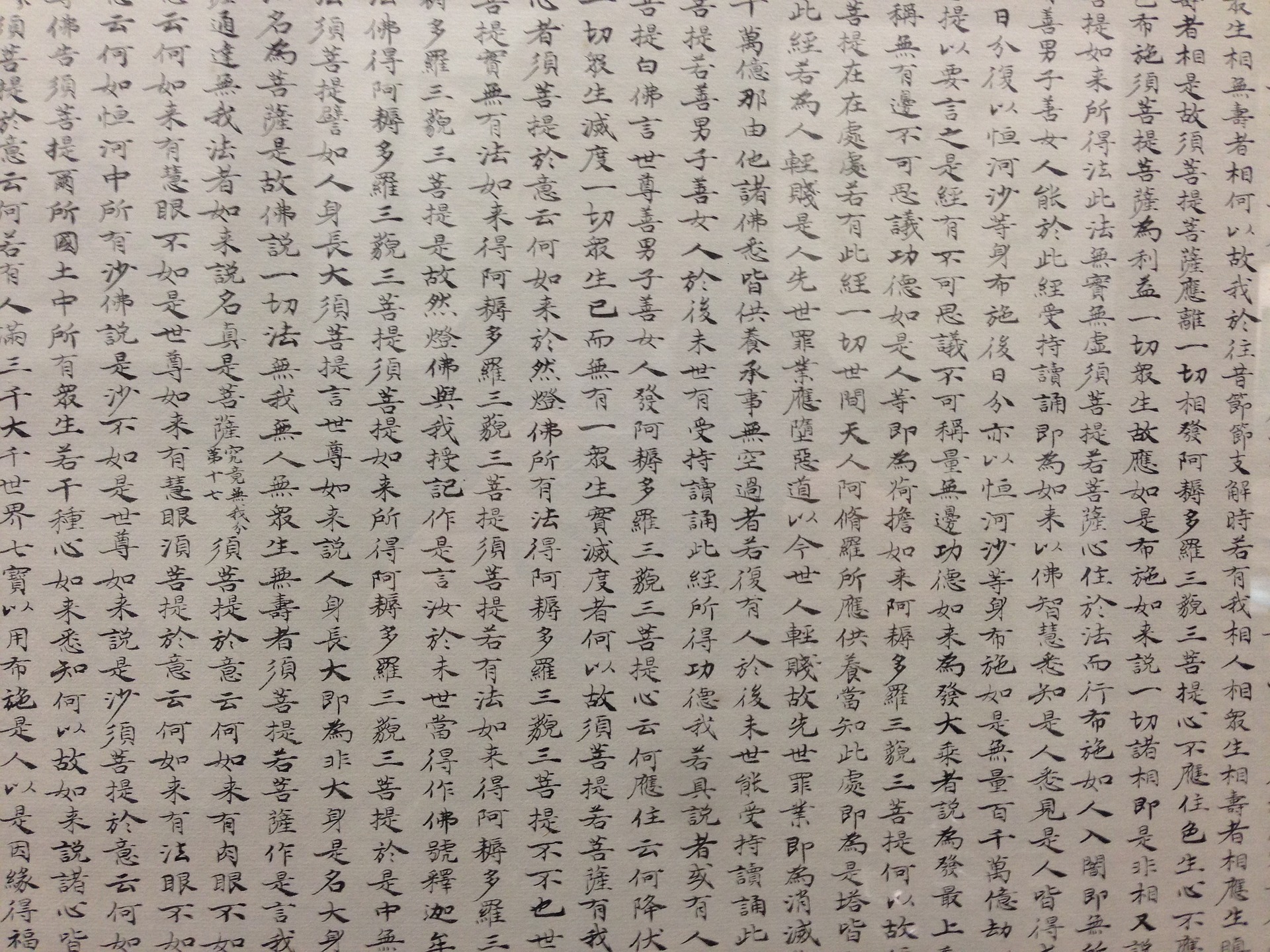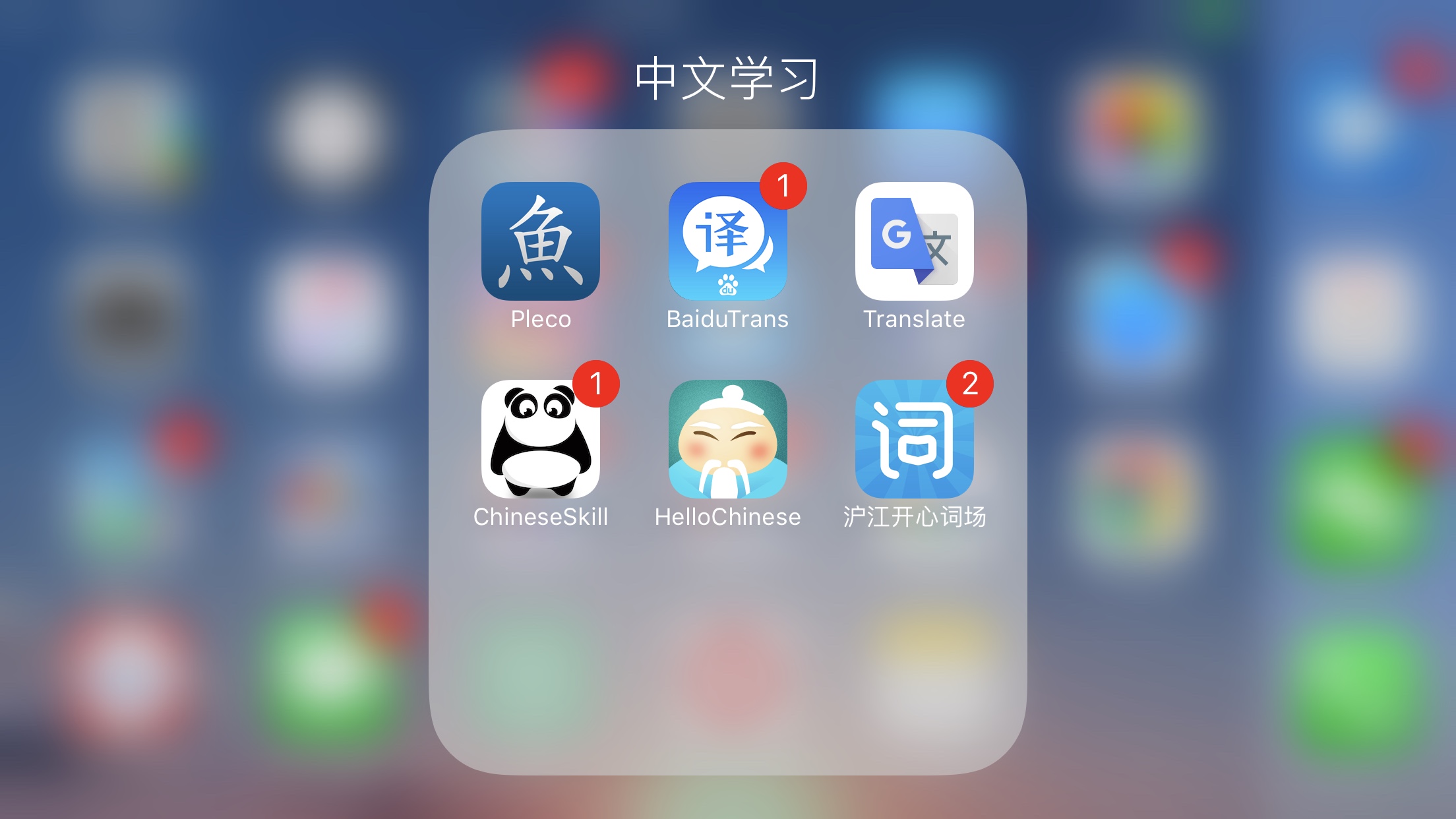Mandarin Monday: The 24 Solar Terms
Last Saturday marked the September (autumn) equinox, which meant we’ll once more get an equal length of day and night. Soon after, nights will become long again. The Chinese call it 秋分 (qiūfēn), the 16th point in the 24 Solar Terms (24 节气 jiéqì), an important part of the traditional Chinese lunisolar calendar. The astronomical …








